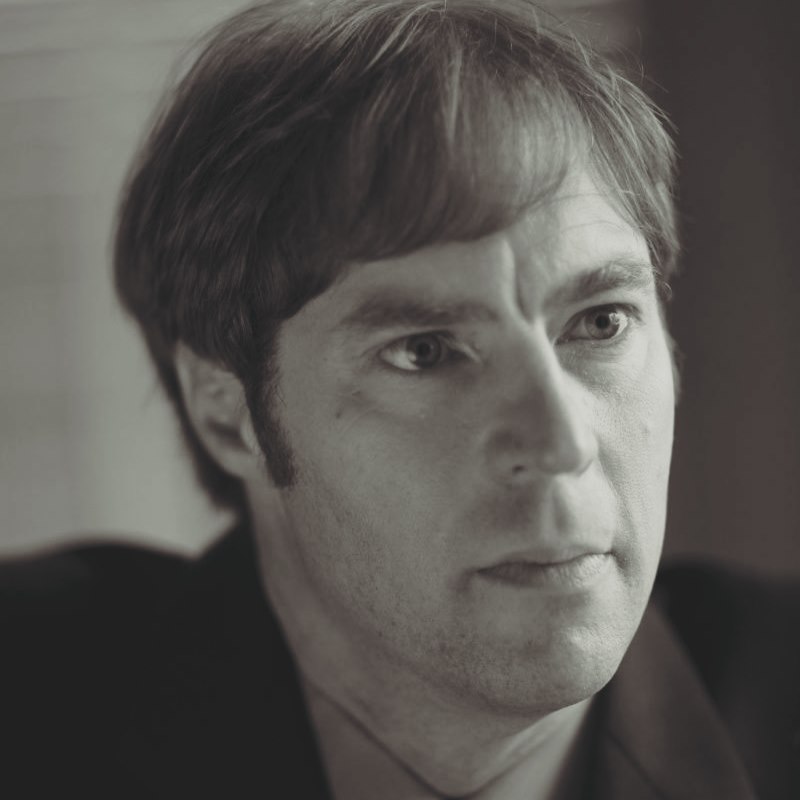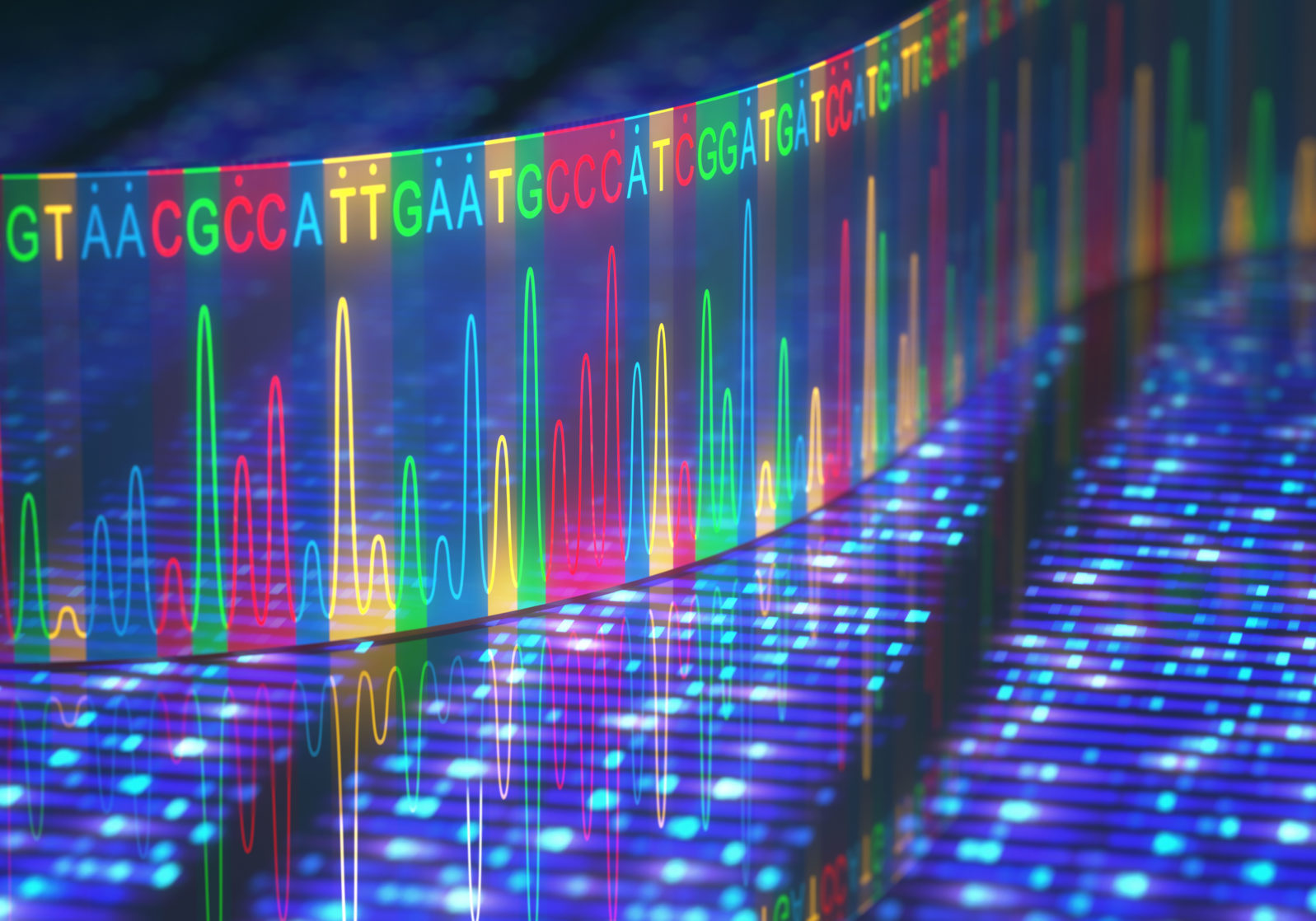If DNA Is a Language, Who Is the Speaker?
Philosopher Steve Meyer talks about the significance of Francis Crick’s sequence hypothesis that shows that DNA is literally a language of lifeIn a talk at the Dallas Conference on Science and Faith (2021), philosopher Steve Meyer looked at the question of whether a multiverse, as in Multiverse of Madness (2022), or God, as in many traditions is the origin of our universe. That is, is our universe designed — as considerable evidence suggests — or is ours just one of a few lucky universes whose extra-lucky conditions allow for advanced life?
Dr. Meyer is the author of The Return of the God Hypothesis (Harper One, 2021) which argues that the evidence from science favors God over a multiverse. (Sample here.)
In this first of four transcripts of the talk, he talks about how and why it matters to ordinary people which of these claims is more likely. Tom Gilson is the moderator of the podcast.
Partial transcript and notes follow:
Stephen C. Meyer: At a previous Science and Faith conference I had the opportunity to do an interview with Eric Metaxas about my new book. About halfway through, he and others noticed that one of the young women who was manning the camera for the interview was weeping visibly.
Later we got a letter from the producer who had hired this young camera woman. The young woman — we’ll call her Alice — had shared her story with him.
She was listening to us discuss scientific evidence for the existence of God. She found herself overcome with emotion and she told us a bit of the backstory in her letter. This is what she said.
Throughout my college career professors would constantly lecture that, based on the evidence they had provided there should be no way that anyone in class could believe in God. They’d argue that science was proven, and hence God was a myth. I was not equipped to present a valid opposition in debate. I was desperate to find commonality between my beliefs and my scientific education, but could find none.
(She graduated as a biology major with very good grades and was slated for grad school but the constant proselytizing of atheism, contrary to her beliefs, caused her to pursue film production instead. That was how she happened to be there that evening.)

Stephen C. Meyer: There are many powerful voices in our culture today that have declared that science properly understood undermines belief in God. Many of you may remember and be aware that since about 2006 there have been a spate of books produced under the heading of the New Atheism. That’s a particular literary genre that’s become quite popular. Richard Dawkins was one of the first authors to produce a book of this kind. His book was called The The God Delusion. And in it Dawkins argued that, again, science properly understood undermines belief in God. He said, “Since the 19th century we’ve known that the most powerful argument for God’s existence is the design argument. Because the evidence of design is publicly accessible. It’s visible to all. And so the evidence of design in nature suggested the need for a designer.”
But he said, “That was a powerful argument only until the time of Charles Darwin who explained that appearance of design not as the product of an actual designing intelligence, but instead is the product of an undirected, unguided process that could mimic the powers of a designing intelligence.” And that process of course, was his famed idea of natural selection acting on random variations. So Dawkins said, “Now we have not evidence of real design, but only evidence of the appearance of design, the illusion of design. And therefore we have no evidence of a designer and therefore no public evidence, no scientific evidence of God.” So he said, “You could still believe in God if you want to, but you’re doing so on the basis of a kind of delusion.” And that’s the title of his book, The God Delusion…
Stephen C. Meyer: Now, Dawkins has done a nice job of framing the issue. He says, “The universe we observe has precisely the properties we should expect at bottom. There is no design, no purpose, nothing but blind, pitiless indifference.” In other words, the universe we observe is consistent with what philosophers call a materialistic worldview. There’s only matter and energy are the things from which everything else comes. And there’s no purpose of intelligence behind the universe whatsoever. “And the properties of the universe,” Dawkins says, “are exactly what we’d expect if that kind of a materialistic universe was in fact the case.” …
And I want to argue that no, it’s not. I’ve focused on just one discovery: In the foundation of life, every living cell, every living organism, there is a molecule that contains digital code. Code for producing the really important protein molecules that keep cells alive. And that molecule of course is DNA, deoxyribonucleic acid. Its structure was first elucidated in 1953 by James Watson and Francis Crick. And — remember from biology class — they showed that DNA has this beautiful double helix structure. And in the interior of the molecule there are four chemicals called bases. And in 1953 they suggested that this molecule might be capable of carrying information in a digital or alphabetic form.
Stephen C. Meyer: In 1957, 1958, Francis Crick proposed what he called the sequence hypothesis. And this hypothesis was, if anything, more significant than the original discovery of the double helix structure.
The sequence hypothesis proposed that the four chemical bases called nucleotides function like alphabetic characters in a written language or digital characters in a machine code, like the zeros and ones that we’d use in software today. And in fact, our local hero here in the Seattle area, Bill Gates has said that, “DNA is like a software program, only much more complex than any we’ve ever devised.” Now… to build life you need code. Just as you need new information to build a new program or operating system on your computer.

Digital information has to be present in the DNA in order to build the proteins that service the types of cells that are present. Where did it come from? In my book Signature in the Cell, I argued that the origin of the information that’s necessary to new forms of life is best explained by designing intelligence.
Why? Well, think of that quote from Bill Gates again, about, “The DNA’s like a software program.” Programs come from programmers. In fact, whenever we see information and we trace it back to its source, whether we’re talking about a hieroglyphic inscription or a paragraph in a book or a section of code, a software code in a computer program, or even information embedded in a radio signal. When you trace that information back to a source, you always come to a mind, not a material process…
And it’s an interesting question because a number of scientists have actually suggested that the condition on the early earth were so incompatible to life forming spontaneously through a series of chemical reactions that they’ve proposed that life might have been seated here from outer space by effectively a space alien.
Note: Double helix discoverer Francis Crick (1916–2004) was sympathetic to this view and astronomer Fred Hoyle (1915–2001) espoused a similar view.
Now, I’ve never been persuaded by this space alien designer hypothesis. For one thing, it raises the question, where did the information come from to build the space alien? But there’s a deeper reason to be skeptical about the idea that the designing intelligence is responsible for life is an imminent intelligence in the cosmos.
Next: Has a superintellect monkeyed with our universe’s physics?
All four portions of the talk, with notes:
Here’s the first portion: If DNA is a language, who is the speaker? Philosopher Steve Meyer talks about the significance of Francis Crick’s sequence hypothesis that showed that DNA is a language of life. What sort of speaker can utter a language that produces living beings? Is it a fluctuation of a multiverse or an intelligence that underlies nature?
And the second: Has a superintellect monkeyed with our universe’s physics? Groundbreaking astronomer Fred Hoyle was a staunch atheist but then he tried showing that carbon, essential to life, could form easily… It got worse: To form carbon at all, gravitational forces must be balanced just right with the electromagnetic forces. That’s just the start…
The third: How fine tuned was our universe’s debut? The mind boggles. All the details that were there at the beginning and all work together… The math is amazing. The fact of fine-tuning — both of forces and their relationships — is generally accepted, irrespective of physicists’ religious views or lack thereof.
The fourth: Is ours one of a few working universes among countless flops? Is that probable? How would we know? Philosopher Stephen C. Meyer offers some suggestions. For one thing, even though the multiverse attempts to explain fine tuning, it actually ends up presupposing unexplained prior sources of fine tuning.
You may also wish to read: Theoretical physicist: Can’t avoid a beginning for our universe. Recent shakeups from the James Webb Space Telescope images invite fundamental questions like, Does the universe even have a beginning? The big Telescope made new data available, some of it “amazing.” And if it had only confirmed what we know, how would we know it had ever left the launch pad?
